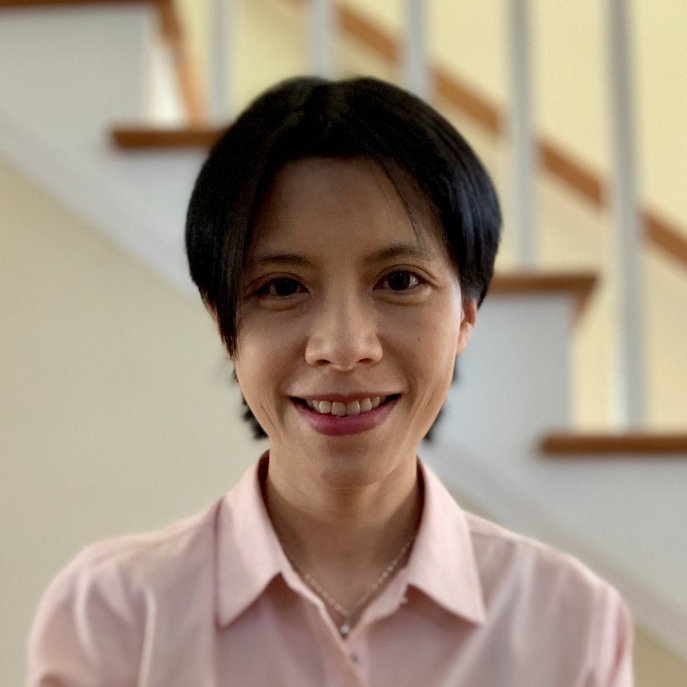HAI Weekly Seminar with Karen Liu
Event Details
Event Type
The New Role of Physics Simulation in AI
Numerical simulation of physical phenomena is a powerful tool embraced by scientists and engineers for decades. In the quest to leverage machine learning for developing AI-enabled robots, physics simulation creates an ideal proving ground for developing intelligent robots that can both learn from their mistakes and be verifiable. In addition, physics simulation can generate a wealth of labeled training data in a short amount of time at a low cost. When it comes to tasks involving physical human-robot interaction, learning from physically simulated humans and environments enables robots to safely learn from failure without putting real people at risk. However, presently the simulation tool is not very effective, as many designs produced in simulation fail to deliver in the real world—the so-called sim-to-reality gap. The sim-to-real problem is further complicated by deploying policies to physically interact with people in the real world.
While most recent work on sim-to-real transfer problems focused on improving control policies, Karen’s work show that one can overcome the sim-to-real gap by improving physics simulation processes. In this talk, Karen will present her recent work on creating “learnable” physics engines along with efficient techniques for training them. She will also report the current progress on sim-to-real transfer with humans in the environment, actively interacting with the robots through physical contacts.

Karen Liu
Associate Professor, Computer Science Department, Stanford University